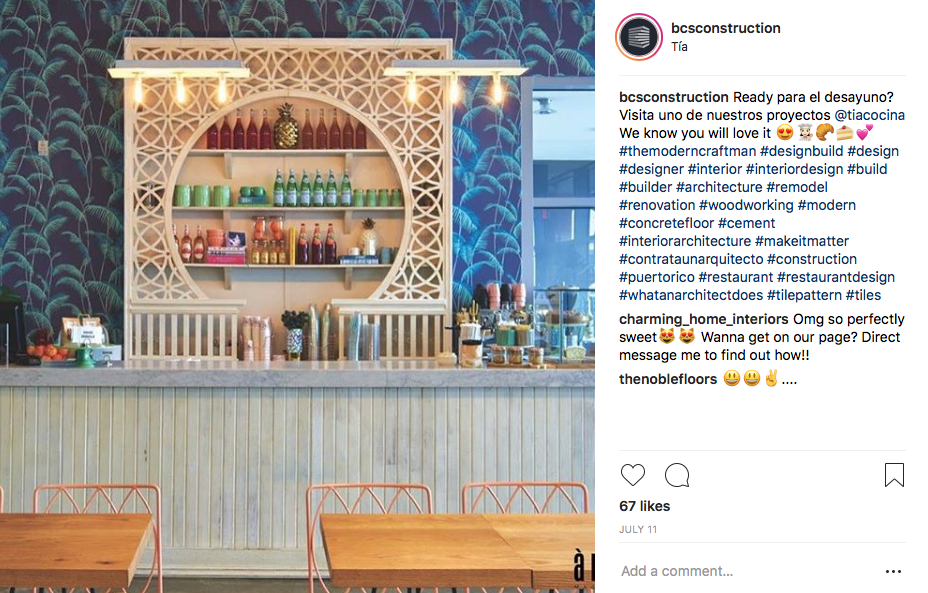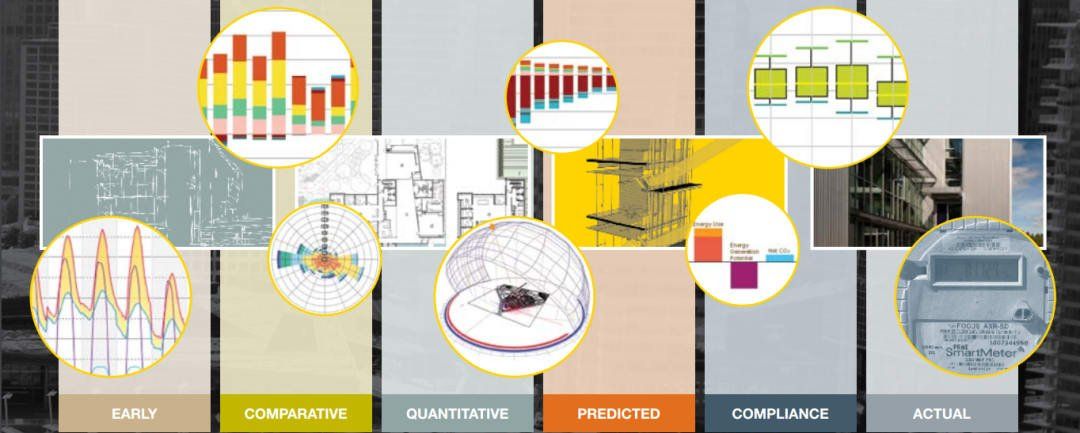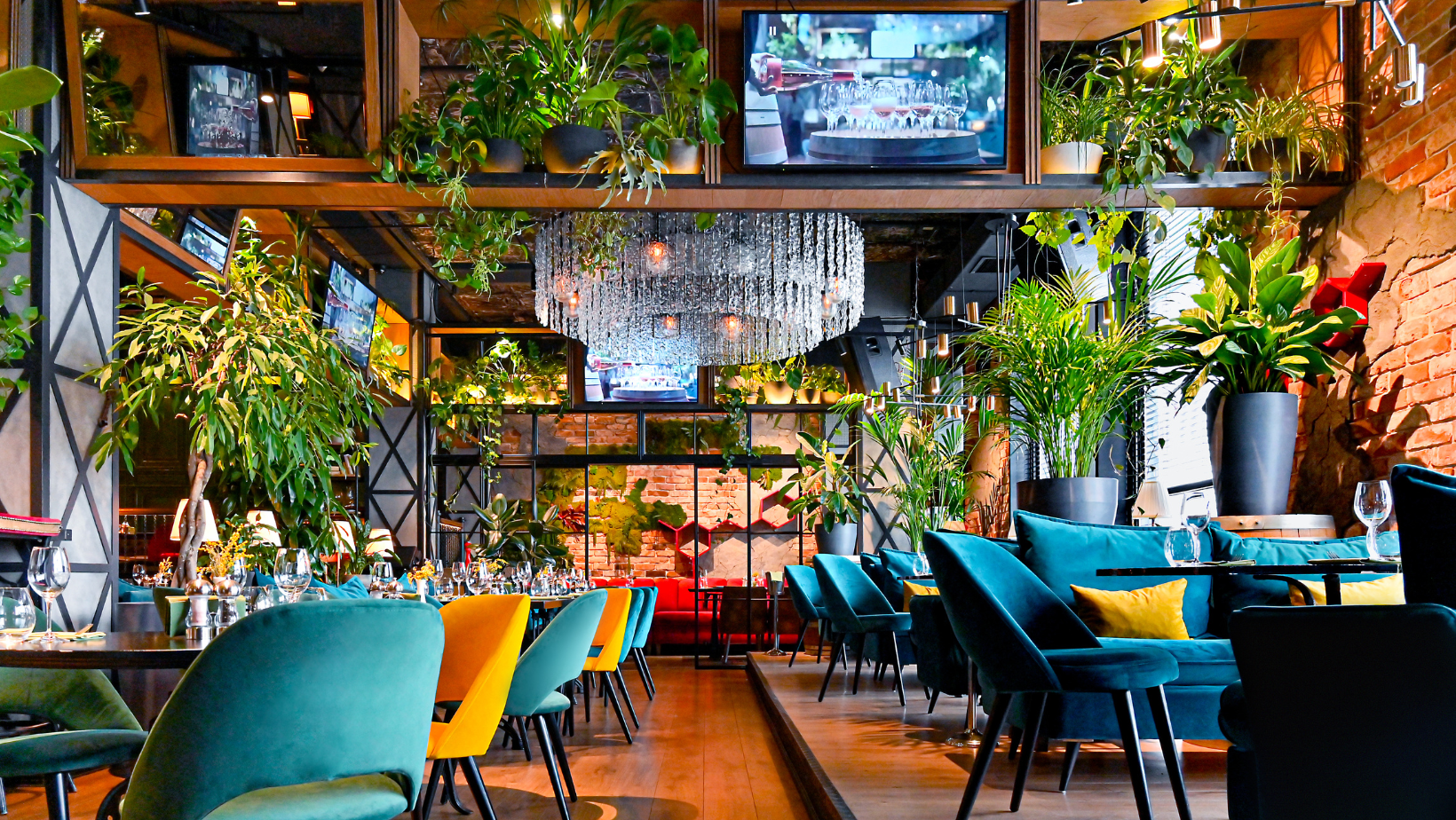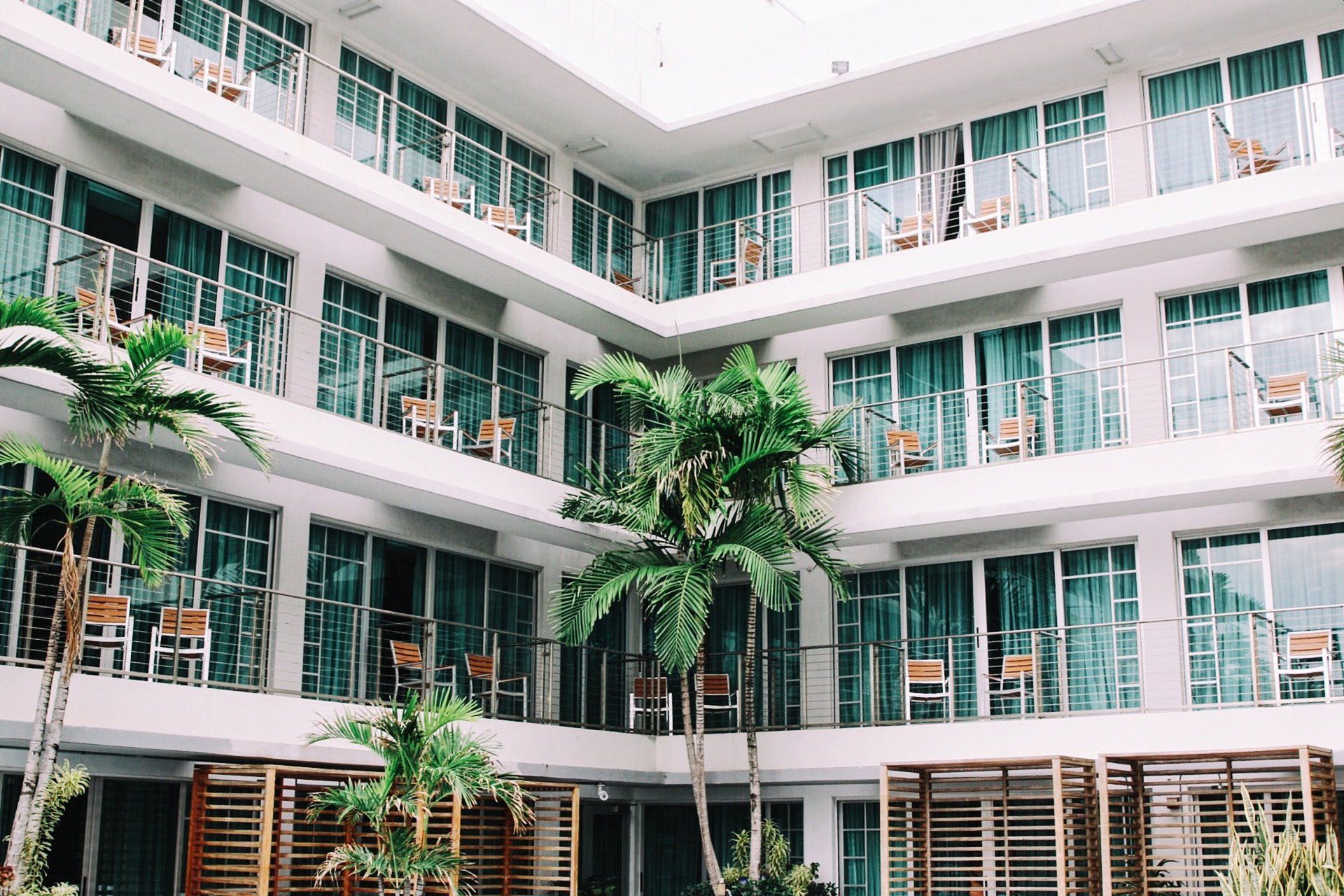Architect leads team to power Puerto Rico, post- Hurricane María
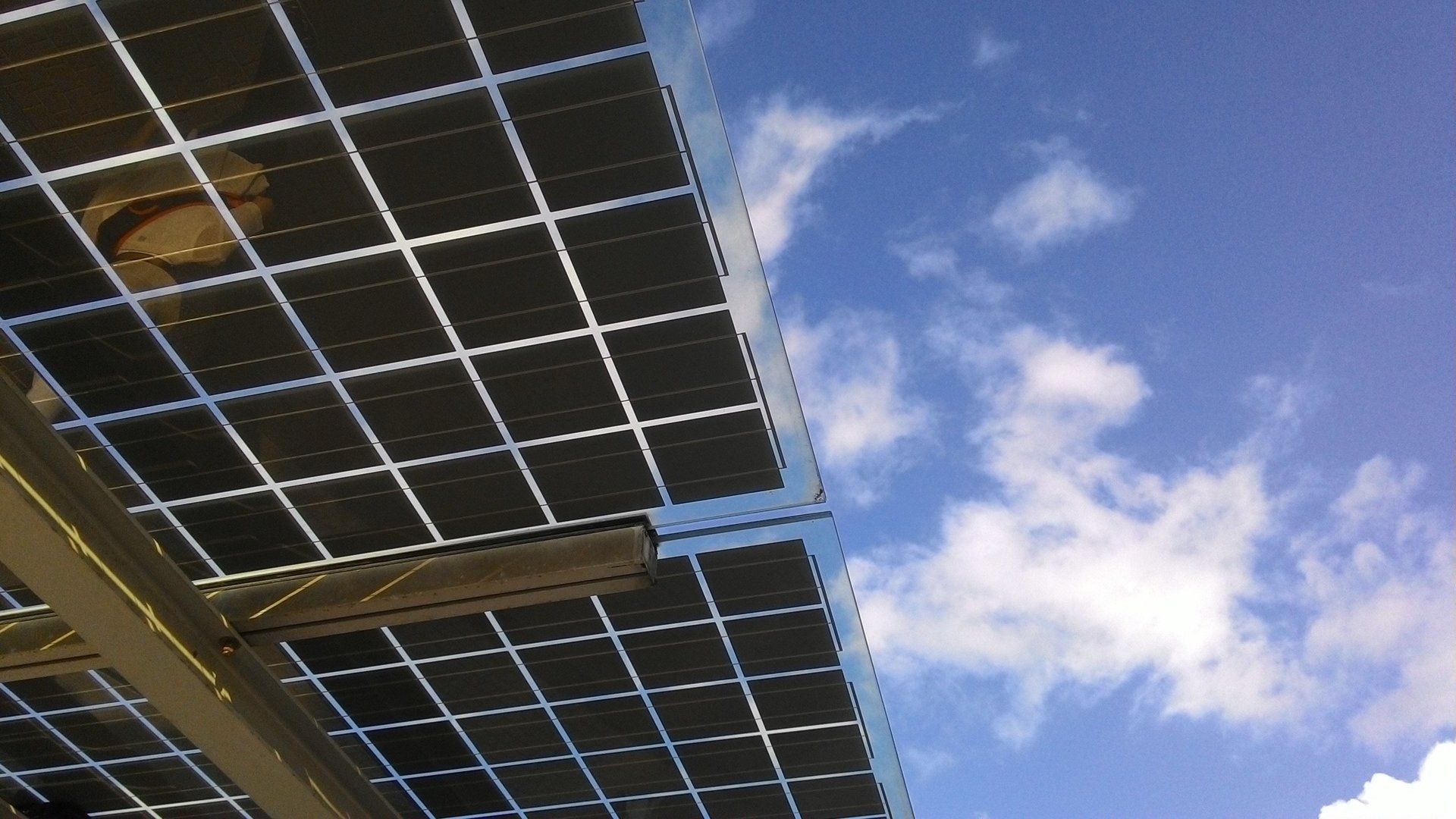
This unprecedented installation of solar-powered generators and batteries aims to kick-start the island's recovery and resilience efforts
Caño Martin Peña, Loiza, Humacao: these are the proving grounds for a recent effort to bring solar power to Puerto Rico, which could revolutionize post-disaster resilience in the long term. It will certainly help the hurricane-ravaged island in the near term, thanks to Resilient Power Puerto Rico and cofounder Jonathan Marvel, FAIA. Marvel, inspired by his architect father Thomas while growing up in San Juan, founded Marvel Architects more than 30 years ago. His firm’s goal, to expand the “economic and creative opportunities for a range of clients” through design, is certainly aligned with the task ahead: to provide Puerto Rico’s 78 municipalities with avenues to electricity beyond reliance on fossil fuels.
How did you get involved in this solar project?
Jonathan Marvel: I was in New York when Hurricane Maria hit; afterwards, I started coordinating with my cohorts to establish a sort of utopian, best-case scenario. We came up with a plan to fundraise for bringing solar-powered generators to the island. When I finally made it to San Juan, I was able to procure resources and put together teams for the engineering and installation of these systems.
Like everyone else, we read about the Tesla relationship to Puerto Rico and reached out through our network of engineers. Two weeks later, we were certified by them to buy and install their battery system in Puerto Rico.
This didn’t start with Tesla; it started with a dream. And it couldn’t have happened without Cristina Roig, a lawyer based in New York and Puerto Rico, and Walter Meyer, a landscape architect in Brooklyn; I also want to acknowledge our electric engineer, Angel Zayas, and our electrical installers Pro Service and New Energy. They all donated lots of time, money, and hardware.
Why was Puerto Rico the perfect place for this type of endeavor?
Marvel: The electrical authority in Puerto Rico has historically been very careful in how renewable energy gets integrated into their power grid; they remain entirely fossil fuel-based. We were aware that installing a battery backup panel system was very difficult to get permitted; the electrical authority allows you to stream your panelized energy back into their grid, but they have not allowed homeowners or any commercial operation to install a battery into that system. There is a loophole, however, that we were aware of: if you’re off the grid, you can do whatever you want. As the entire island is basically now off the grid, we saw this as a window to create as many sites, as quickly as possible, that use renewable energies with a focus on solar.
Architects and engineers have calculated that 10 to 15 percent of the island is covered in flat roof, concrete buildings. Because Puerto Rico is 18 degrees above the equator, a flat roof there is at the perfect angle for efficient solar panel receptivity. These flat roofs became our target for saying, “Let’s put Puerto Rico on a renewable trajectory so when the grid comes back up, the electrical authority has to negotiate with the thousands of people who have installed batteries onto the rooftop units.”
"Architects understand that when we talk to communities or clients, the biggest obstacle to any kind of project is a fear of change." - Jonathan Marvel, FAIA
There’s nothing better than a crisis to create new opportunities, which here means putting in a new network of solar generators. We’re training young people to become the future tech crews on the island, generating a new kind of entrepreneurial economy by having thriving solar panel and solar converter systems. Every township can now have its own crews. That means more cash flow, more entrepreneurial energy on the island. There are all these secondary and tertiary benefits from completing this system that didn’t exist before.
Beyond the island’s need for power and an opportunity to innovate, what do you think led to Puerto Rico ultimately supporting this plan?
Marvel: In a situation like this, you realize how much everyone is used to the luxuries of air conditioning, refrigeration, communication, and lights. When all of that is cut off, people start rethinking how things operate. People are ready for something new and different.
When the power went out in Puerto Rico, people went to the gas and diesel generators to provide the electricity that was lost. Right now, Puerto Rico is an island of generators. These low-cost generators are running all day, burning gas and diesel without any filtration systems, into a fragile ecosystem. They’re also noisy all day, with neighbors being kept awake because people need power to refrigerate medicine or stay cool.
I’m not saying the generators were wrong, but they’re a Band-Aid. It was a wake-up call to everyone, to have them say, “Maybe we wouldn’t have to wait in line for gas and diesel, and pay $150 a day for running these generators, if we had another system in place.”
One of the purposes of our lightning-strike installation is to show people that this is a very maintenance-free system; there are no moving parts. The beauty of the solar panels and the batteries is that there is very little you need to do, once it is up and running, to maintain the system. The batteries have a 10-year lifespan, as do the panels. Everything we’re doing is permittable, meets all the electrical codes, and has been installed by certified electricians, so when the power does come up we’ll able to get the paperwork done to make these systems legitimate and legal.
As much as anything, you sound like an architect who saw a chance to enlighten an island of open-minded clients.
Marvel: It certainly takes the fear factor out the equation. Architects understand that when we talk to communities or clients, the biggest obstacle to any kind of project is a fear of change. It’s not that we’re proposing something wrong or bad; it’s just human nature to resist change.
One of our big goals has been to remove any fear of the solar panel generator. Now we have sites that can be opened up to the community; they become showcases and prototypes where people can walk around and see how simple and efficient the installation process can be. There’s so much skilled labor in Puerto Rico, so many people that are ready to work but lack a job. You’ve got access to all the technical crews needed to get 10 of these installed a week, without any real difficulty in finding the people to do the work. Our job as architects is to find the sites, talk to the communities, and train the locals in each area to do more of the same as the opportunities arise.
To contribute to providing the most underserved areas of Puerto Rico with solar power, visit Resilient Power Puerto Rico and donate today.
Steve Cimino is a Los Angeles-based writer who covers architecture, sustainability, and health.
BUILDING KNOWLEDGE
